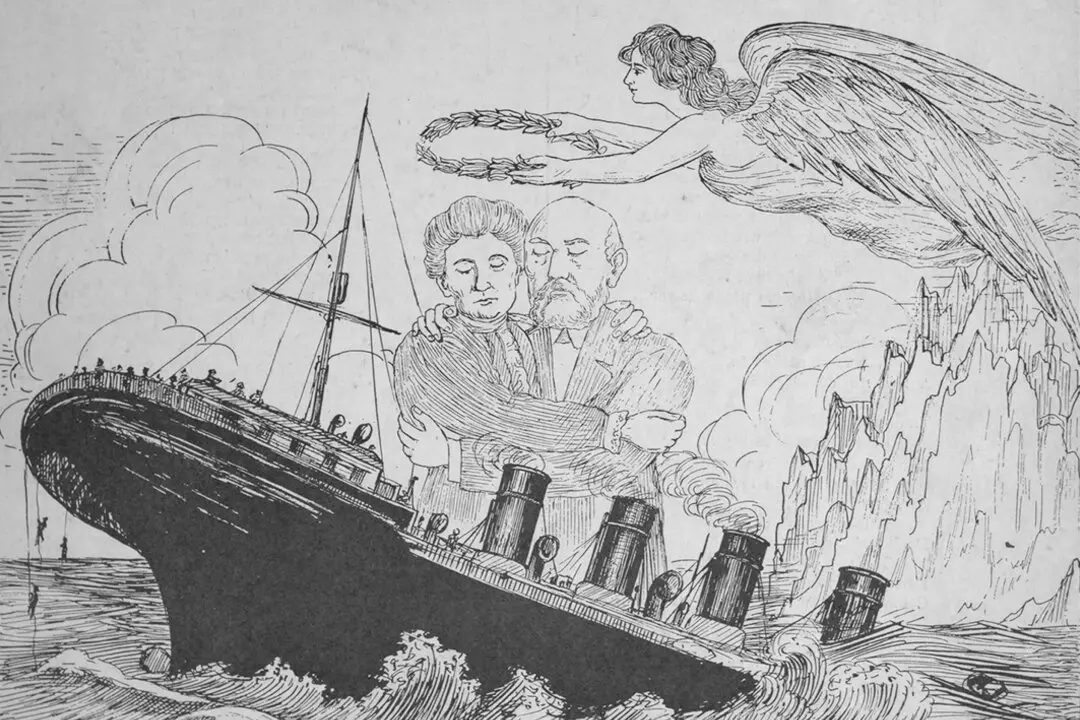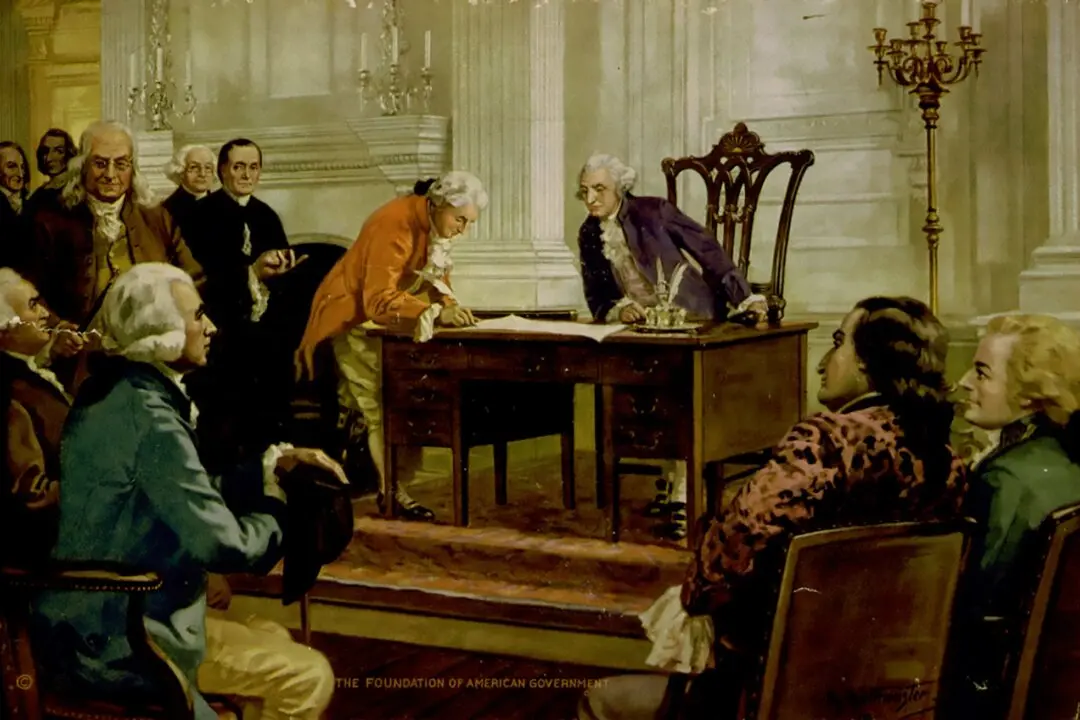Christmas delivers more traditions, festivities, and entertainments than all other American holidays combined.
Worshippers sing traditional carols and hymns, and light Advent candles. In their churches and homes, they set up nativity scenes, a practice created in 1223 by St. Francis of Assisi.






